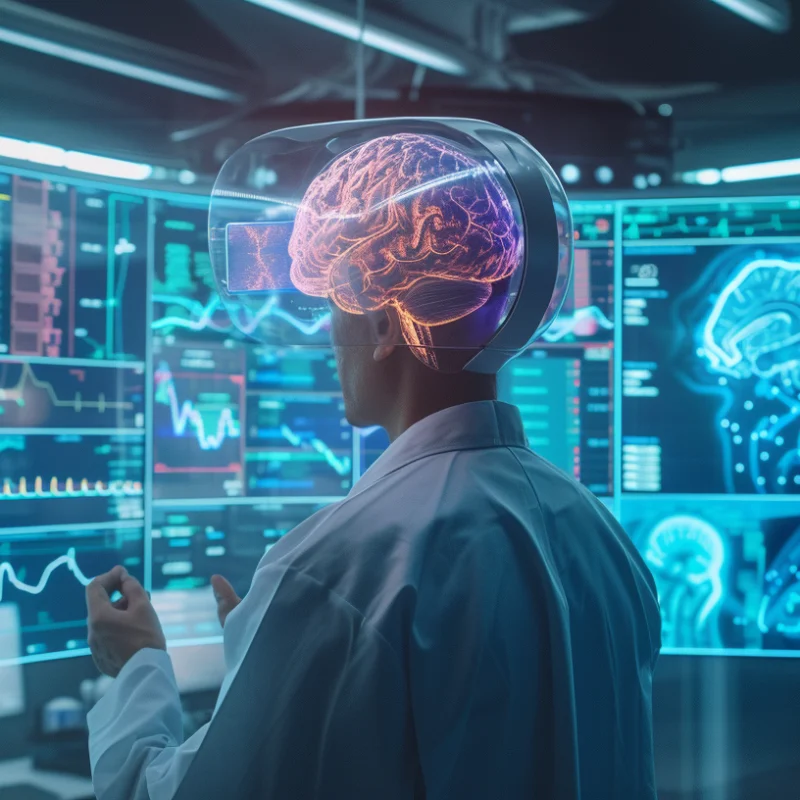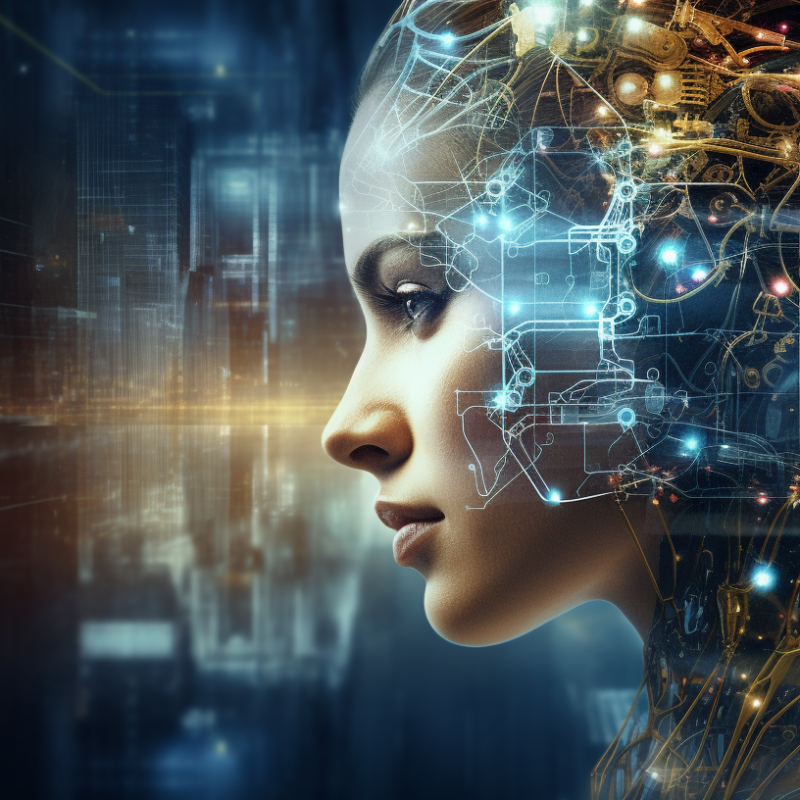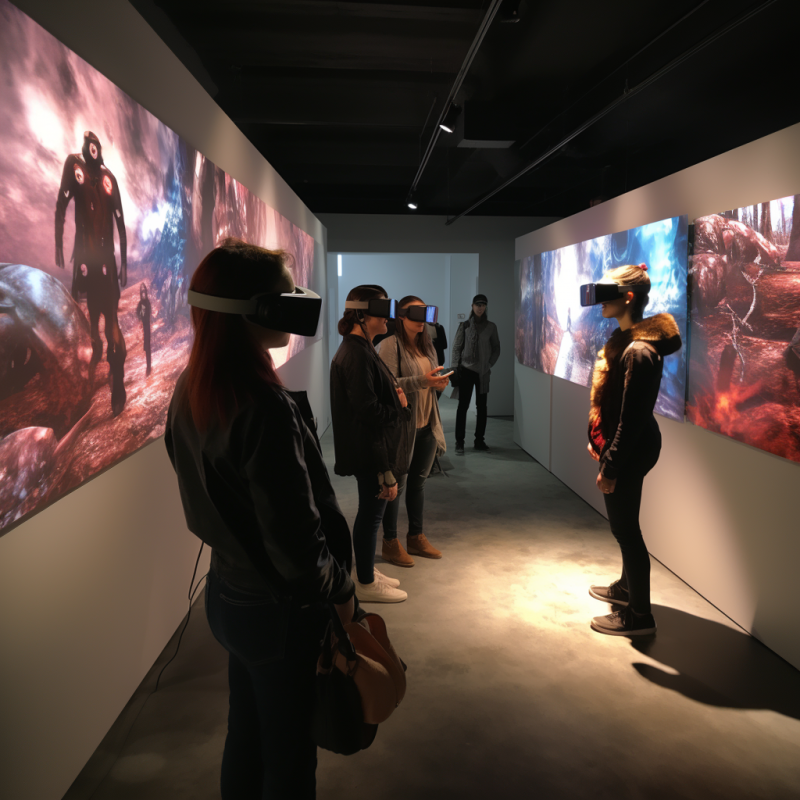Augmented, Mixed and Virtual Reality:
The differences
Augmented reality (AR), virtual reality (VR) and mixed reality (MR) are on everyone’s lips: Facebook aka Meta announced the next generation of its VR glasses, the Quest 3. Apple unveiled its MR technology, the Apple Vision Pro, in early June.
For many companies, these technologies offer new opportunities for innovative business models, digitization projects and process optimization. We explain the differences between AR, VR and MR and show examples and applications for each technology.
What is Augmented Reality?
Augmented reality is a technology that projects digital information into the real world. AR can be understood as an extension of reality in which virtual elements are integrated into the real environment.
A well-known example of AR is the game Pokémon Go, which allows players to collect digital Pokémon in the real world. Another example is the so-called filter functions on mobile apps such as Instagram or TikTok, where digital content is superimposed on the real image.
In industry, augmented reality technology is used in production processes or maintenance (so-called AR maintenance) to support workers with additional, virtually displayed information.
What is Virtual Reality?
Virtual Reality is a technology that creates a fully computer-generated environment. Unlike AR, the real world is replaced by a virtual environment in which the user is fully immersed.
VR technology is often used in the entertainment industry and education. The majority of today’s VR goggles are designed for consumers for video games / gaming as well as for social interaction in virtual worlds.
In the education sector, on the other hand, VR glasses offer great added value, as VR training in virtual worlds enables a more comprehensive and effective learning methodology. Initial studies show how effective learning with VR training is. In the future, VR training will become a great opportunity for many companies to train their employees.
For industry, virtual reality technology can be used in development (engineering), for example, to create virtual prototypes and test configurations before the real product has to be built.
How can you use AR & VR?
What is Mixed Reality?
Mixed reality is a technology that integrates elements from the real world into a virtual environment. In contrast to AR, in which digital objects are projected into the real world, MR focuses more on the virtual world, which is enriched with real content. Augmented and mixed reality have a lot of overlap and are also often used as synonyms when defining them.
Mixed reality is primarily used in industry to simulate products with specific designs. Many automotive manufacturers have implemented MR devices (e.g., from the Varjo brand) in development to simulate the interior of a car in a virtual environment while the real world is superimposed.
Overall, AR, VR, and MR enable new forms of visualization and can leverage great efficiencies in their use by companies. Each technology has its own applications and benefits, and the choice depends on the user’s needs and goals.
In the long run, the question remains whether there will still be a distinction between the terms when devices evolve technologically and can render all three types of reality.
What advantages do AR, MR and VR offer companies?
More and more companies are turning to augmented reality, virtual reality and mixed reality to optimize their business processes and offer customers a better experience. The technologies promise further, numerous benefits and can help companies save time and money, increase efficiency and improve customer satisfaction.
1. trainings and trainings:
Virtual environments and VR technologies offer companies a cost-effective way to conduct training and education, as employees need to travel less and training can take place remotely.
2. maintenance and repair:
Modern technologies such as augmented reality, virtual reality and mixed reality can help technicians to identify faults more quickly when maintaining and repairing equipment and to receive repair support from connected experts directly on site. This can significantly reduce the time to repair.
3. design and prototyping:
Virtual reality can help companies save time and material costs by creating and testing virtual prototypes. There is no need to transport physical prototypes and the company can make decisions more quickly.
4. sales and marketing:
Virtual reality allows companies to present their products and services in a new way. Potential customers can get a better picture of products in virtual environments, reducing store and presentation costs.
5. remote work and collaboration:
Modern technologies such as augmented reality and mixed reality can improve collaboration among employees in different locations. Virtual work environments create the possibility for virtual meetings and thus travel and time costs can be saved.
Augmented, mixed and virtual reality increase efficiency.
In summary, companies can exploit significant cost optimization potential by using AR/VR/MR technologies. From training and education to design and prototyping, these technologies offer numerous opportunities to increase efficiency and reduce costs.
With each generation of new devices, the relevance of immersive technologies will increase. The Apple Vision Pro could again set a new milestone, the “IPhone moment” for augmented, virtual and mixed reality.
Want to learn more about the use of these technologies? We support you on this path and analyze the application possibilities together with you.




